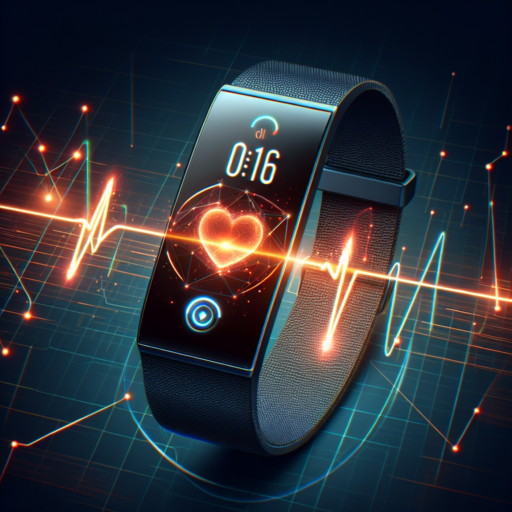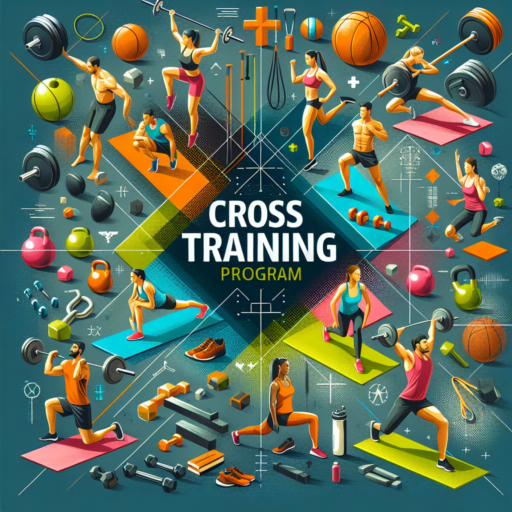What is the best device to monitor heart rate?
When it comes to monitoring heart rate, the market offers a plethora of devices designed to meet this need. However, identifying the best device depends largely on individual requirements, preferences, and the context in which the device will be used. Broadly speaking, heart rate monitors can be categorized into wearable tech like smartwatches and fitness trackers, and more specialized medical-grade devices.
Fitness Trackers and Smartwatches
Fitness trackers and smartwatches have gained immense popularity for their convenience and multifunctional capabilities. These devices are equipped with optical sensors that measure your pulse through the skin on your wrist. Brands like Fitbit, Garmin, and Apple Watch are at the forefront, combining accuracy and user-friendliness, making them ideal for everyday use. They not only monitor heart rate but also offer a variety of health tracking features, such as activity levels, sleep quality, and more.
Medical-Grade Heart Rate Monitors
For those requiring a more detailed and accurate heart rate monitoring, medical-grade heart rate monitors come into play. These devices, including chest straps and fingertip pulse oximeters, are known for their precision and reliability. Chest straps, for example, detect electrical signals from the heart and are often favored for medical examinations or high-performance athletic training. Fingertip pulse oximeters, while slightly less common for heart rate monitoring alone, provide critical information on blood oxygen saturation in addition to heart rate.
What equipment is used to measure heart rate?
The measurement of heart rate is crucial for monitoring cardiovascular health and assessing physical condition in both clinical and personal settings. Several types of equipment have been developed to ensure accurate and continuous monitoring. Understanding the available technology can help individuals and healthcare professionals select the most appropriate device for their needs.
Electrocardiograph Machines (ECG)
An Electrocardiograph (ECG) machine is one of the most reliable tools for measuring heart rate and analyzing heart rhythm. Used extensively in hospitals and clinics, ECG machines provide a detailed chart of the heart’s electrical activity over a period. They are known for their precision and are capable of detecting arrhythmias, heart conditions, and monitoring recovery post-heart surgery.
Wearable Technology
In recent years, wearable technology such as smartwatches and fitness bands have become popular for everyday heart rate monitoring. These devices use optical sensors to detect the blood volume changes in the wearer’s wrist, providing continuous data on heart rate. They are ideal for athletes, fitness enthusiasts, and anyone interested in maintaining an active lifestyle, offering the convenience of tracking heart rate along with various other health metrics.
Chest Strap Monitors are another form of equipment favored by sports professionals for their accuracy and minimal interference during exercise. These straps use electrical sensors placed directly on the skin around the chest to measure heart rate. The data is often transmitted wirelessly to a wristwatch display or a smartphone app, allowing for real-time monitoring during workouts.
Which device is used to monitor heartbeat?
Sure, focusing solely on the designated H2 topic:
The primary device used to monitor the heartbeat is the heart rate monitor (HRM). Heart rate monitors come in various forms and functionalities, catering to different needs and preferences. Typically, they are used by individuals seeking to keep an eye on their heart activity during exercise, for health monitoring purposes, or as part of a rehabilitation program.
Types of Heart Rate Monitors
- Chest Strap Monitors: These are worn around the chest and are known for their accuracy. They transmit heart rate data to a wristwatch or a smartphone app, providing real-time information.
- Wrist-based Monitors: Incorporated into fitness watches and smartwatches, these monitors use optical sensors to track your pulse. They offer the convenience of integrating heart rate data with other health metrics directly on your wrist.
In addition to personal use devices, professional medical heart rate monitoring devices, such as electrocardiographs (ECGs or EKGs), are extensively used in healthcare settings. These devices offer precise heart rate and rhythm information, which is crucial for diagnosing and managing a wide range of cardiovascular conditions. Regardless of the type, the goal of a heart rate monitor is to provide accurate and timely data about the heart’s performance, making it an indispensable tool for health management and fitness optimization.
What is the heart rate scanner called?
The device commonly known as the heart rate scanner is technically referred to as a heart rate monitor (HRM). This tool is pivotal in tracking the heart’s rhythm and pulse rate, providing crucial data for both medical professionals and individuals seeking to monitor their cardiac health. Heart rate monitors are found in various forms, ranging from wearable technology, such as watches and chest straps, to more sophisticated medical apparatus used in healthcare facilities.
Heart rate monitors operate by detecting the electrical signals generated by the heart as it beats. These devices often use electrocardiography (ECG or EKG) techniques to measure the time interval between heartbeats and calculate the heart rate. This information is vital for assessing the heart’s health, evaluating physical condition, and even optimizing workout routines for athletes and fitness enthusiasts. Over the years, the technology behind heart rate scanners has evolved, leading to enhanced accuracy and easier accessibility for everyday users.
In the realm of wearable technology, heart rate monitors have become increasingly popular. Devices like fitness trackers and smartwatches employ optical heart rate monitoring (OHRM) technology, which uses green LED lights to measure blood flow through the wrist. These gadgets are prized for their convenience, allowing users to continuously monitor their heart rates throughout the day without the need for bulky or intrusive equipment.










